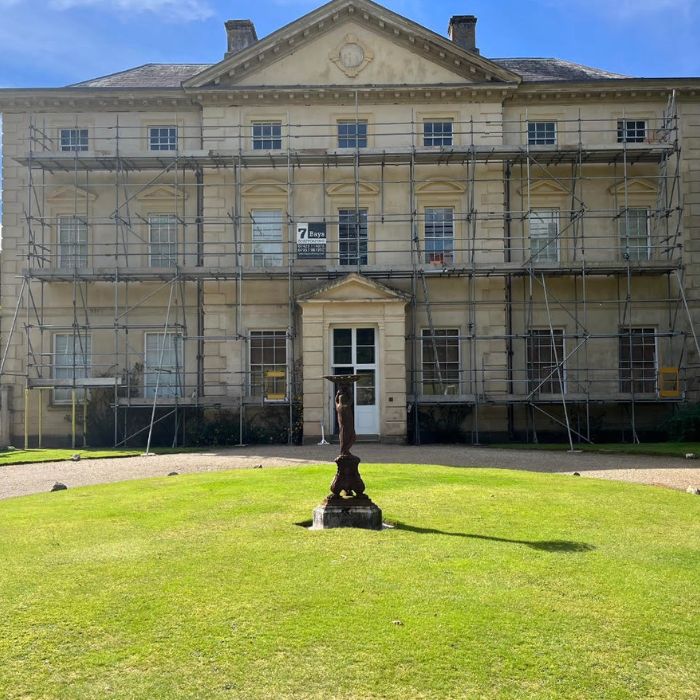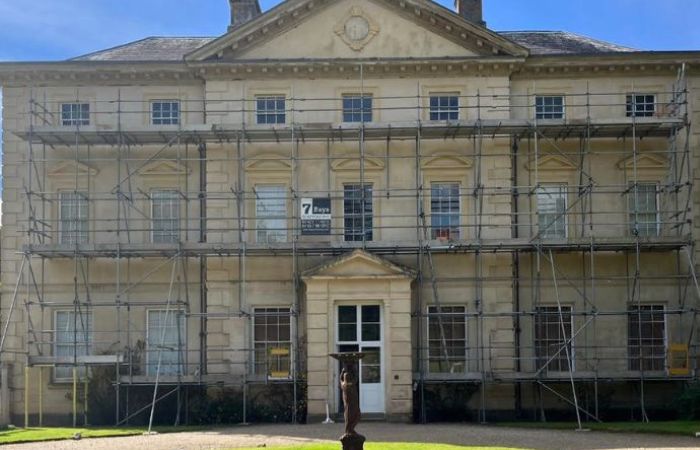Preserving the architectural heritage of Cornwall is a responsibility that requires careful planning and specialised services. One of the critical aspects of restoration and maintenance projects for heritage and listed buildings is scaffolding. When dealing with these historic structures, it is essential to use scaffolding systems that not only provide safety and accessibility but also protect the integrity and aesthetics of the listed buildings. Join us as we look at the unique considerations and best practices for scaffolding for listed buildings in Cornwall.
Understanding Listed Buildings
What are Listed Buildings?
Listed buildings are structures recognised for their historical and architectural significance. In the UK, buildings are classified into three grades: Grade I (buildings of exceptional interest), Grade II* (particularly important buildings of more than special interest), and Grade II (buildings of national importance and special interest). Cornwall is home to numerous listed buildings, from medieval churches to historic houses, each requiring sensitive handling during any construction or restoration work.
The Importance of Scaffolding for Listed Buildings
Scaffolding for listed buildings is not just about providing safe access for workers; it is about preserving the historical integrity of these buildings. Any scaffolding used must be carefully designed and installed to avoid any damage to the building’s fabric while ensuring that the restoration work can be carried out safely and effectively.
Preserving Architectural Integrity
One of the primary challenges in scaffolding for listed buildings is preserving their architectural integrity. Scaffolding must be installed in a way that minimises contact with the building’s surface to prevent damage to delicate materials and intricate details. This often involves customised, carefully-designed scaffolding solutions that can adapt to the unique contours and features of historic structures.
Access and Safety
Ensuring safe access to all parts of an historic listed building can often be challenging due to their complex and irregular shapes. The scaffolding design must account for these challenges, providing stable and secure platforms for workers while allowing them to reach even the most inaccessible areas without compromising their safety.
Regulatory Compliance
Working on listed buildings requires compliance with strict regulations and guidelines set by heritage conservation authorities. Scaffolding solutions must meet these regulatory requirements, ensuring that any work carried out does not alter or damage the building’s historic character. This includes using materials and methods that are sympathetic to the original construction.
Best Practices for Scaffolding for Listed Buildings
Detailed Planning and Assessment
Before any scaffolding is erected, a thorough assessment of the building’s structure and condition is necessary. This involves working closely with conservation specialists to understand the building’s historical significance and any specific requirements. Detailed planning ensures that the scaffolding design is tailored to the building’s unique needs, providing both protection and access. Custom scaffolding solutions are often required for listed buildings. This might involve using non-invasive anchoring systems or lightweight materials which can help reduce the load on the building’s structure.
Regular Monitoring and Maintenance
Once installed, scaffolding for listed buildings requires regular monitoring and maintenance to ensure its continued safety and effectiveness. This includes checking for any signs of stress or damage to the scaffolding or the building and making necessary adjustments to prevent any adverse impact on the structure.
Case Study:
Pencarrow House Restoration
Here at 7 Bays Scaffolding we are trusted in Cornwall to carry out professional and expert scaffolding services and known for our meticulous attention to detail. One of the notable scaffolding projects we have carried on a listed building in Cornwall is the restoration of Pencarrow House. This iconic Grade II-listed building was built on the site of an Iron Age hill fort and is home to numerous antiques and works of art. The job required a highly specialised scaffolding solution that took into account its unique location and historical significance. The scaffolding was designed to provide safe access for restoration work while ensuring minimal impact on the building’s structure. Through meticulous planning and execution, the project successfully preserved the integrity of this historical landmark.
Scaffolding for listed buildings in Cornwall demands an expert team of scaffolders with the experience to adhere to best practices and employ a specialist scaffolding solution. For heritage conservation projects, choosing a scaffolding company with experience in handling listed buildings is crucial to ensure the protection and longevity of Cornwall’s architectural treasures.
For more information on our scaffolding services for listed buildings, contact us today and let us help you preserve the heritage of Cornwall. We look forward to hearing from you!



